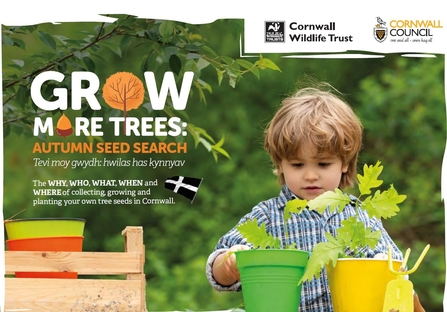It’s surprising how quickly a tiny oak sapling grows and makes a tap root. Looking like a very long, thin, hairy carrot, the root confidently squeezes its way straight down through leaf litter, topsoil and underlying rocky clay to ensure a safe anchorage in our garden. This young tree is just a few inches high above the root, but already bears two full-sized and two smaller oak leaves at the top of its twig-like trunk.
Our oak seedlings and saplings are garden ‘weeds’ in the sense that there is simply no room for tightly packed oak trees where they are growing. Fortunately, however, they can have a secure future by being transplanted to a nearby community woodland.


